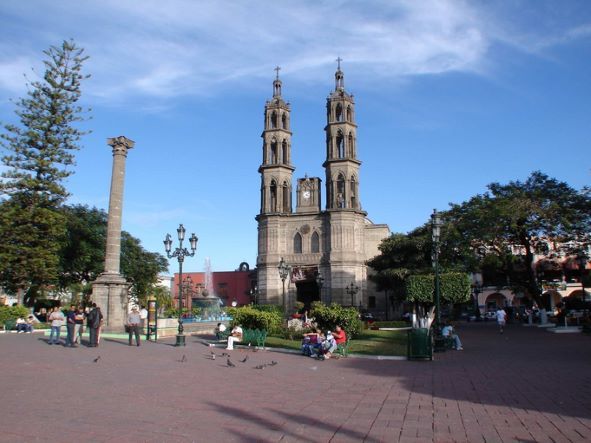What is Tepic in Nayarit known for?
Tepic is in western Mexico's Nayarit state. The neo-Gothic Tepic Cathedral overlooks Plaza Principal. Nayarit Regional Museum displays pre-Hispanic items in an 18th-century adobe. Trails climb westward Cerro de San Juan.





